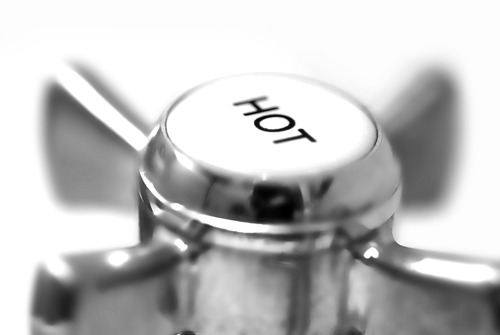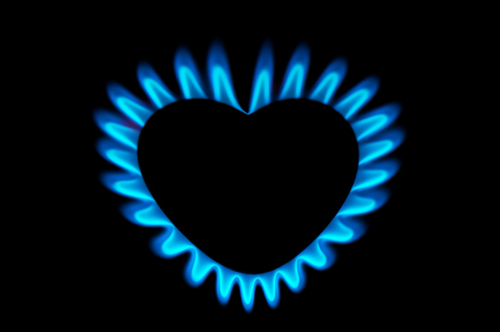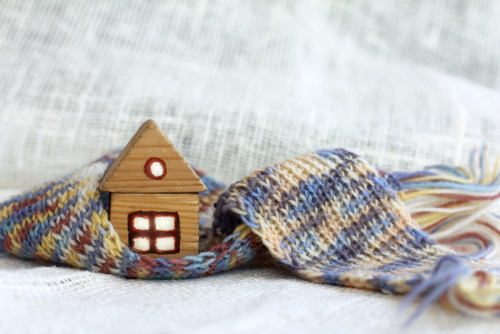Is Bioheat® Fuel Renewable Energy?
Renewable Biodiesel Blended with Heating Oil If you’re among the many people in Maine who live in an oil-heated home, there’s a good chance that your heating oil company delivers a product that contains renewable …
What Does HVAC Stand For?
Understanding HVAC Terms Every industry as well as different groups of people employ their own form of jargon, a shorthanded way of communicating. Just consider the whole gaggle of abbreviations that have sprung up with …
How Often Should HVAC Be Serviced?
Annual Maintenance Extends Equipment Life Just like your car, a home’s heating system, as well as its central air conditioning unit, has a range of electrical and mechanical components that can wear down or break …
What are the Benefits of Heating Oil?
Heating Oil Is Clean, Efficient and Safe The many Mainers who live in a home that is kept warm by heating oil appreciate all of the benefits they get. Let’s begin with reviewing all the …
What Maintenance Do Water Heaters Need?
How Often You Should Get Service How long can you depend on your current water heating system to keep all of that hot water flowing without any problems? First, the life span of the most common …
What Is Heating Oil?
How It’s Made and How It Warms Your Home If you own one of the more than 60% of homes in Maine that depend on heating oil delivery to keep warm, you may already know …
What Is Propane Made Of?
Affordable Energy for Everyone Since propane was first identified as a volatile compound in gasoline in 1910, businesses and scientists have worked diligently to make propane the viable fuel source it represents today. The process …
What Is a Boiler?
While the majority of new homes built in Maine use a warm-air furnace for central heat, there are many older homes here that rely on a boiler for heat. These are primarily oil-fueled systems …
How Does a Boiler Heat Your Home?
Be Better Prepared to Identify Boiler Problems With another heating season upon us, it’s a good idea to review the basics of how a boiler (also known as a hydronic system) keeps a home warm. …
What Is Renewable Propane?
The Fuel of the Future with a Small Carbon ImpactPropane is already environmentally beneficial since it burns cleanly with negligible greenhouse gas emissions. The advent of renewable propane gas, however, takes the propane industry’s effort …









